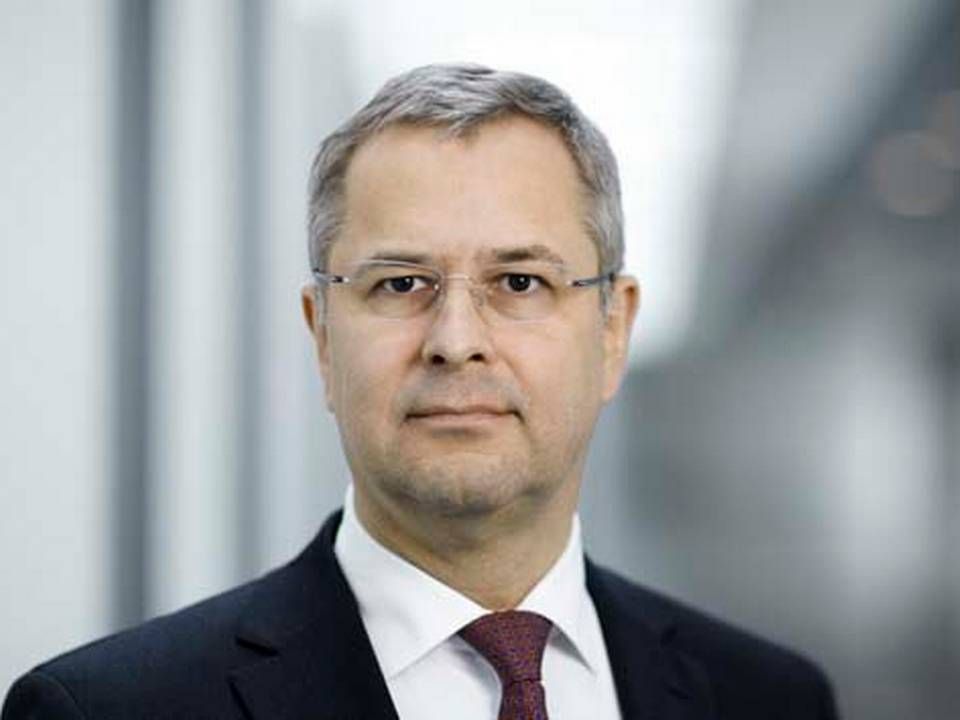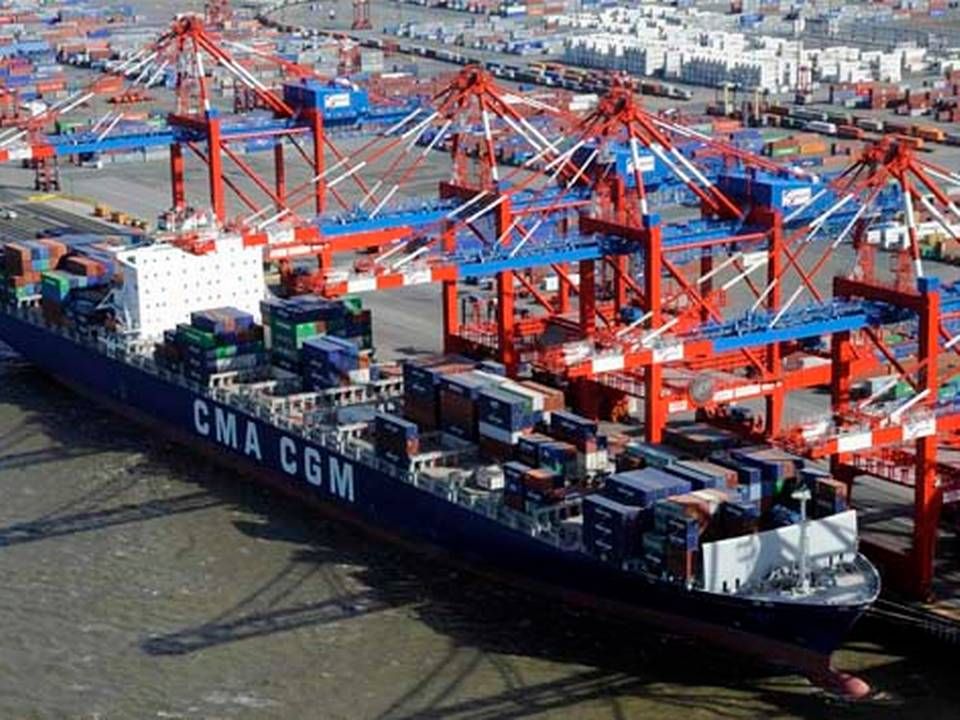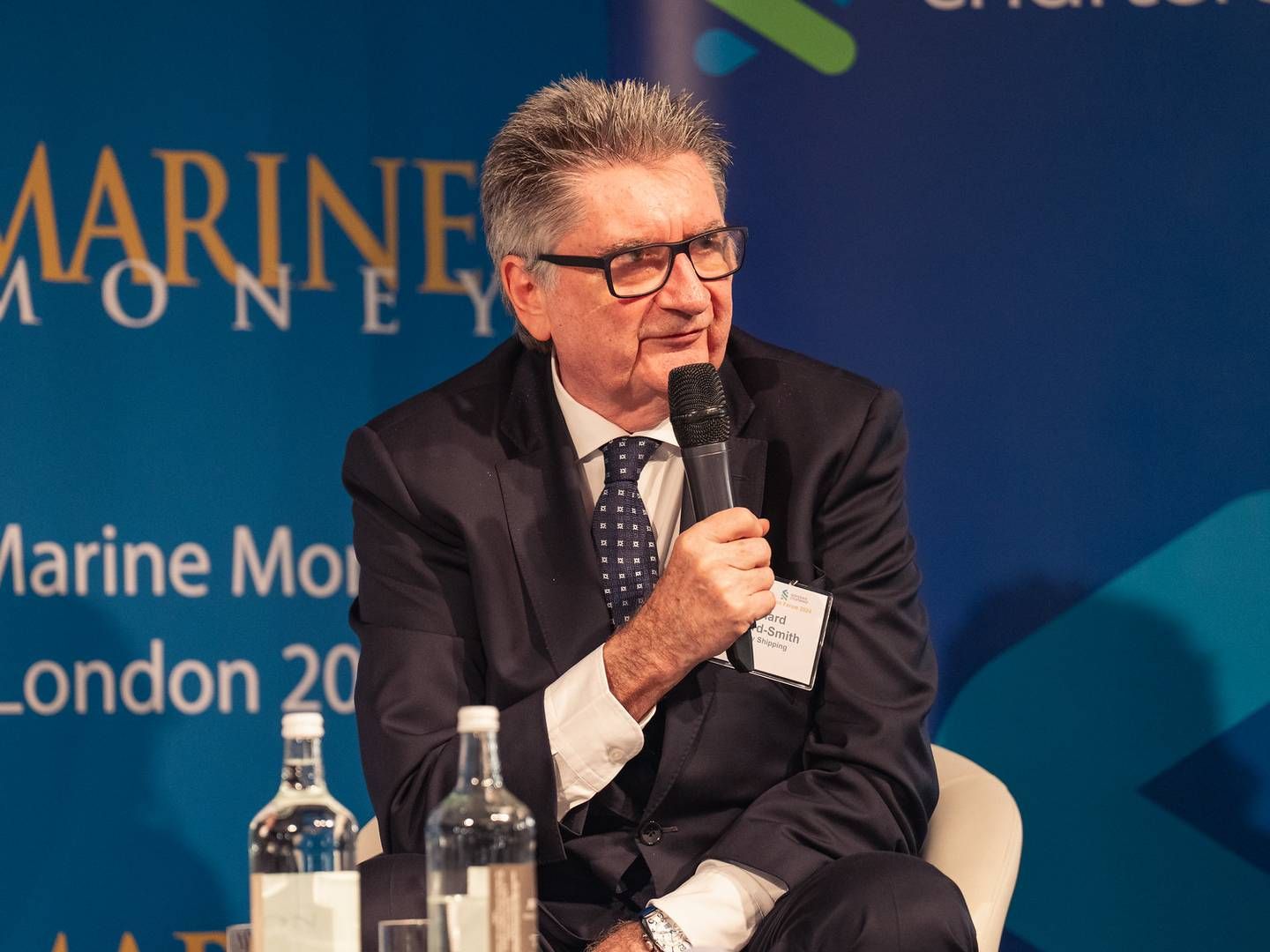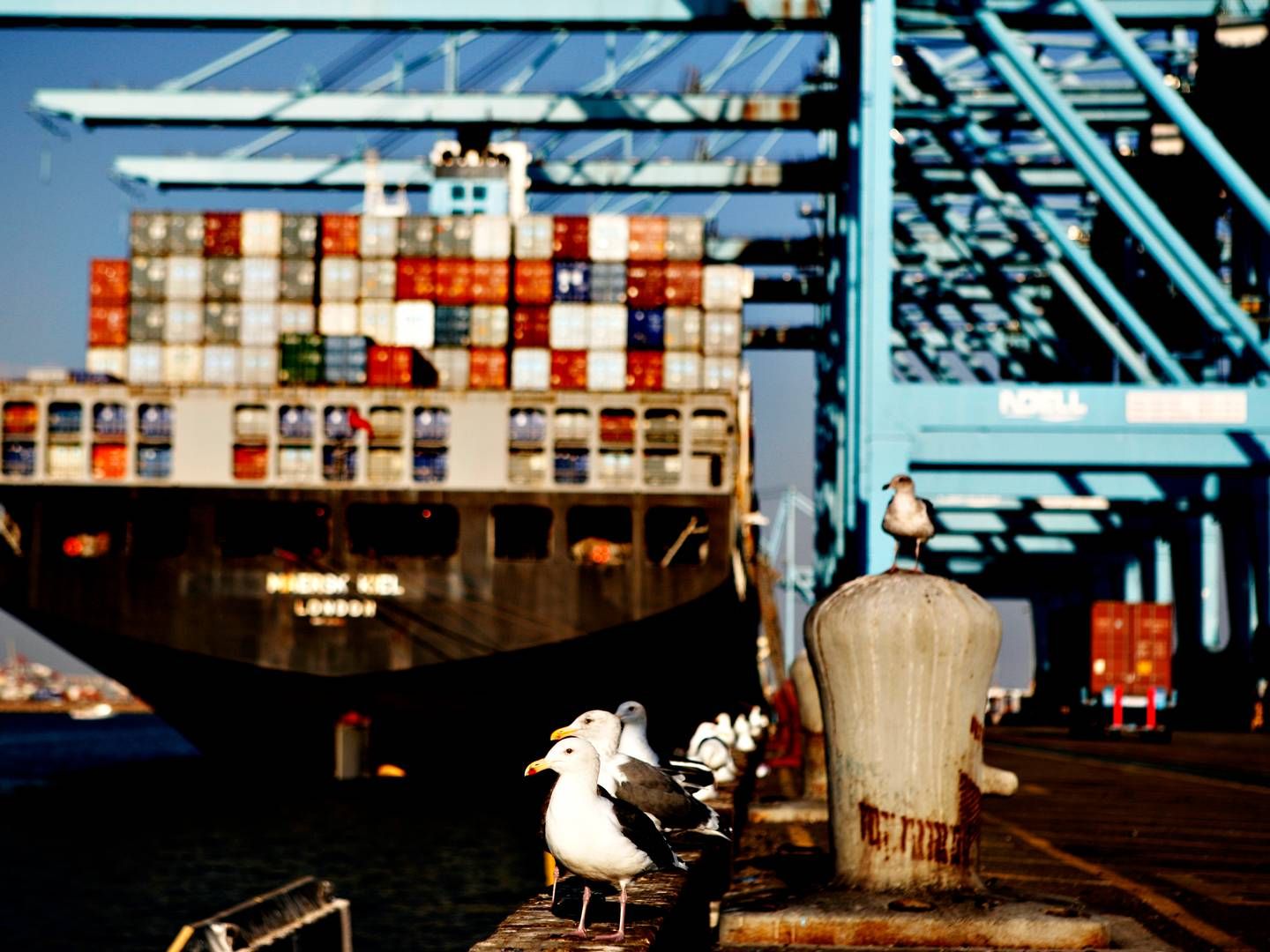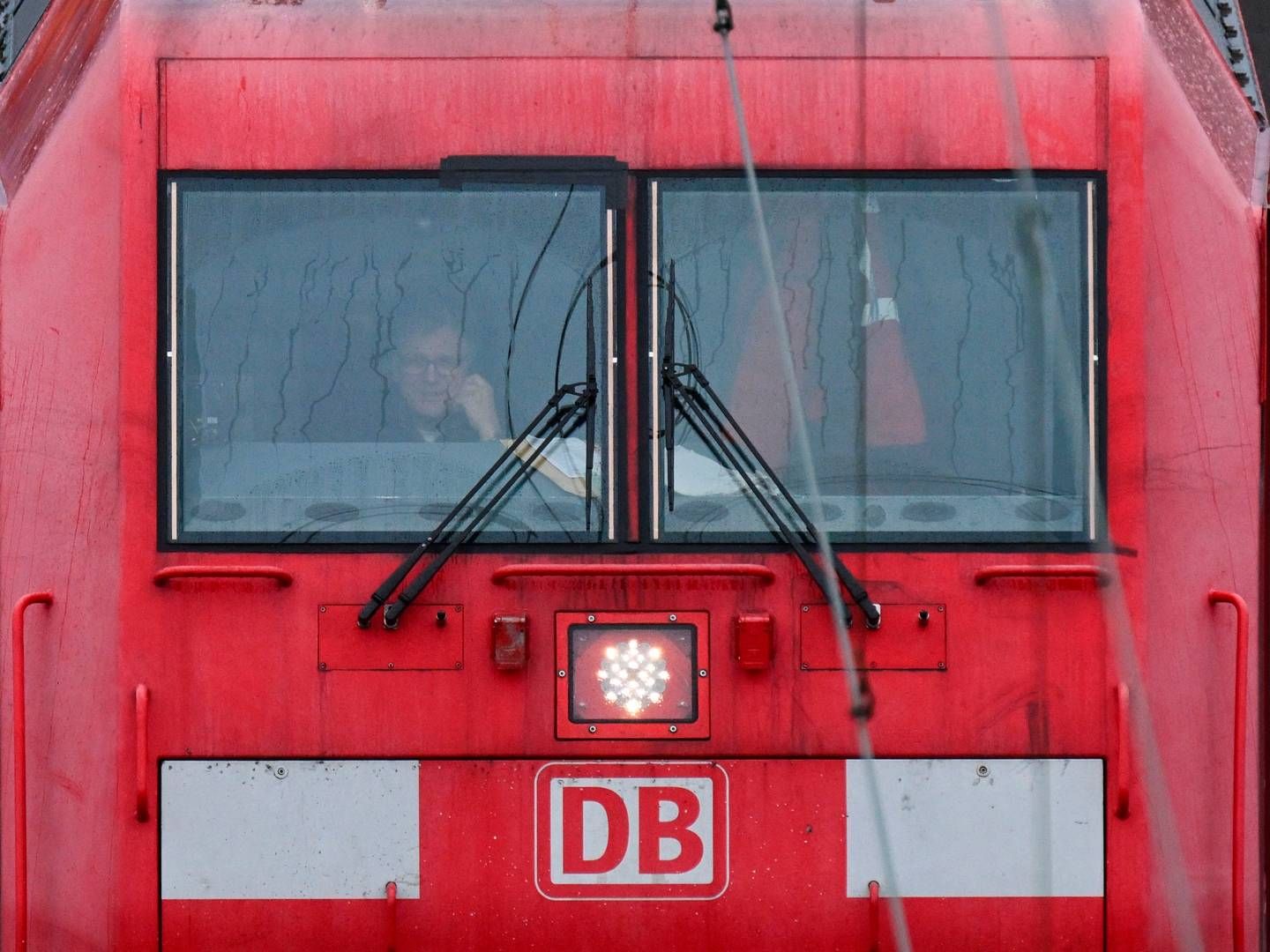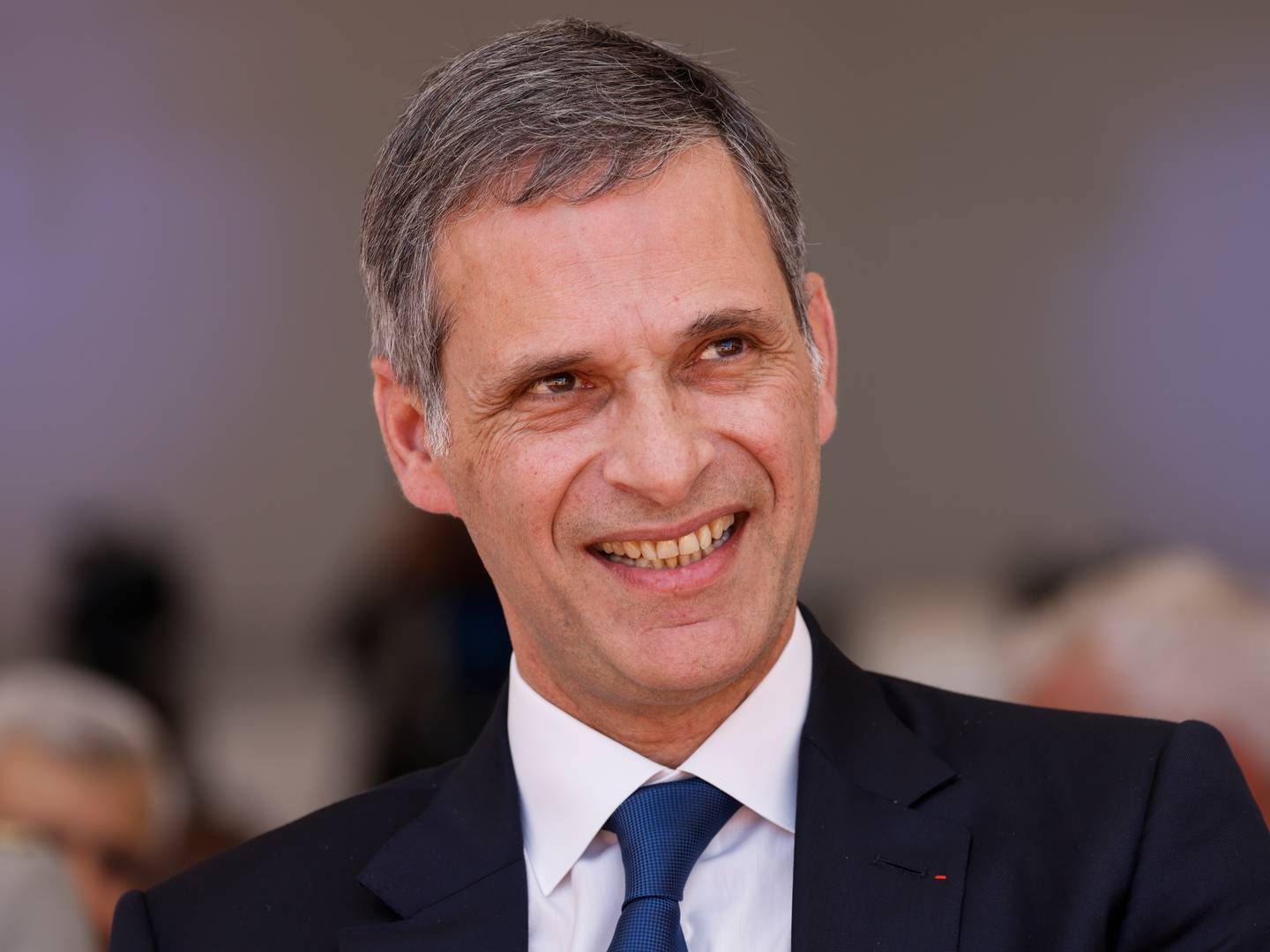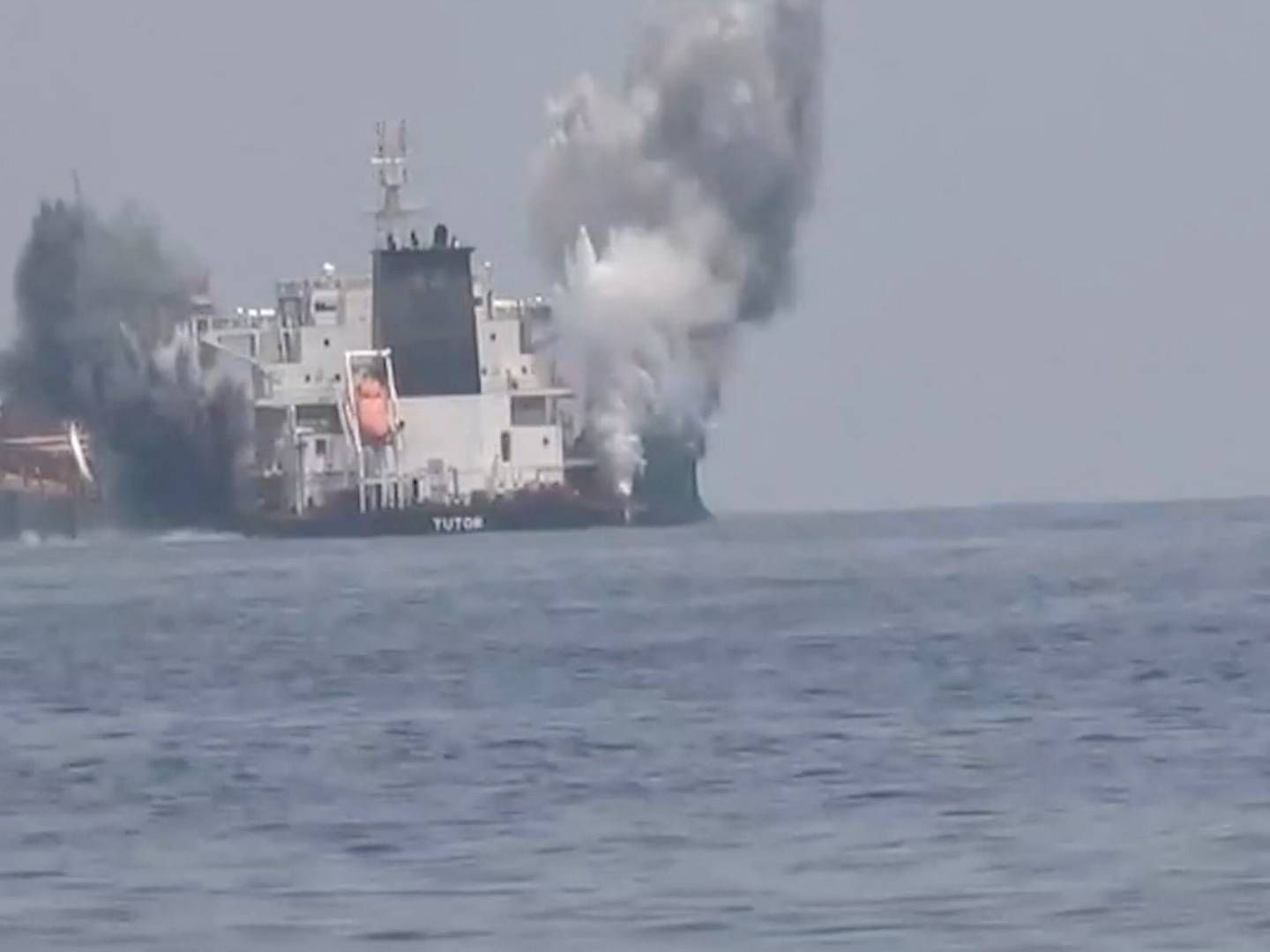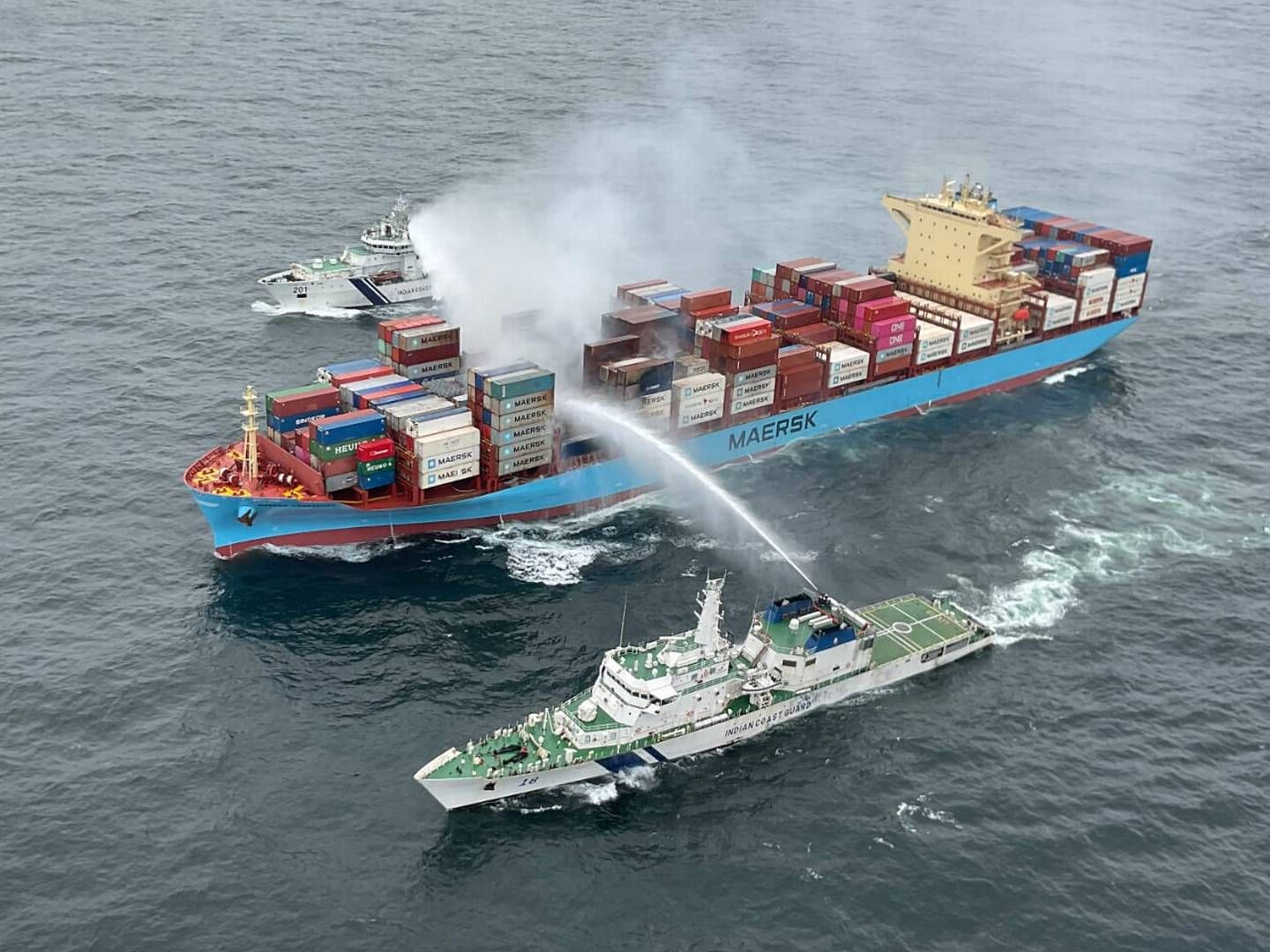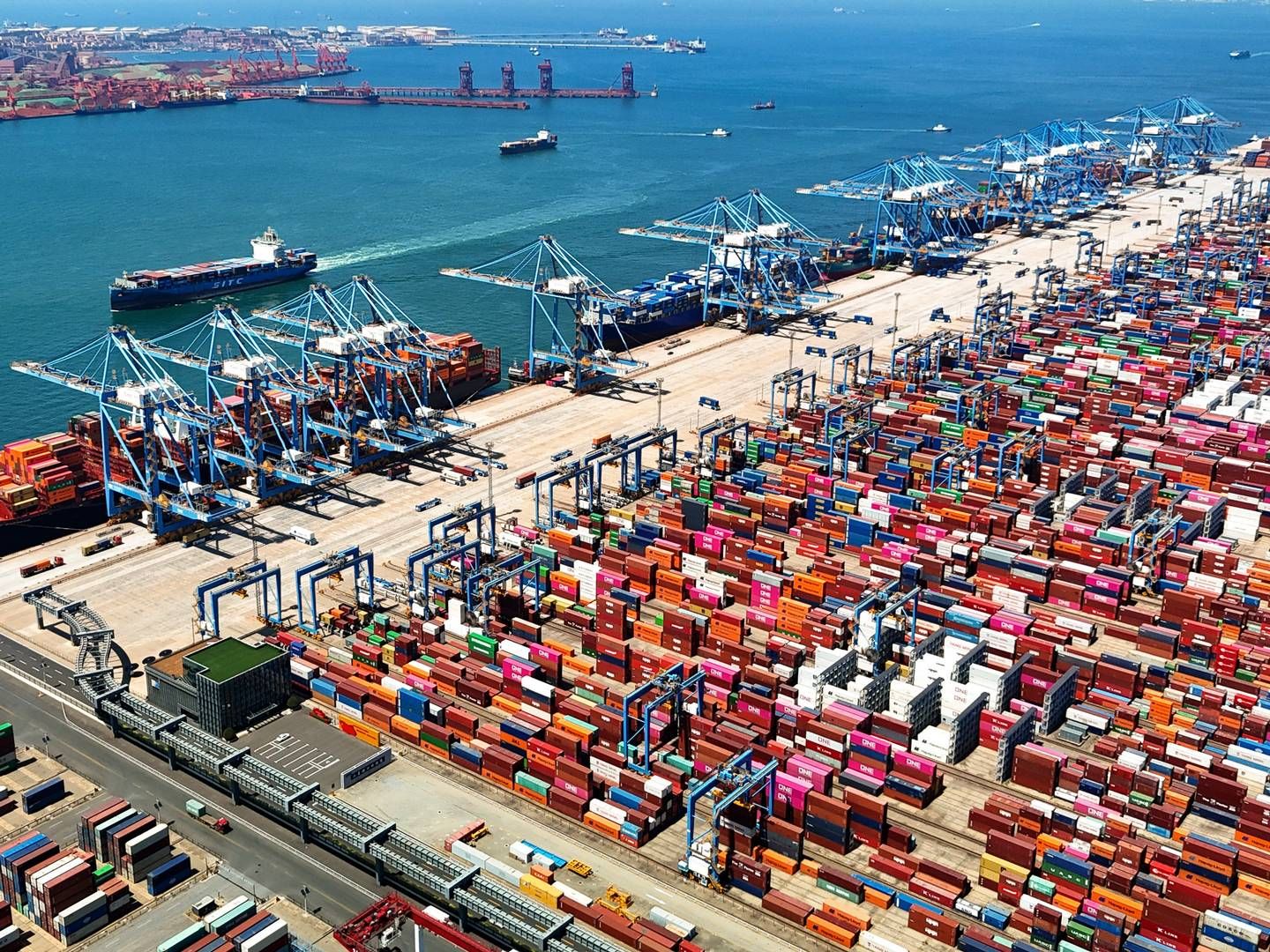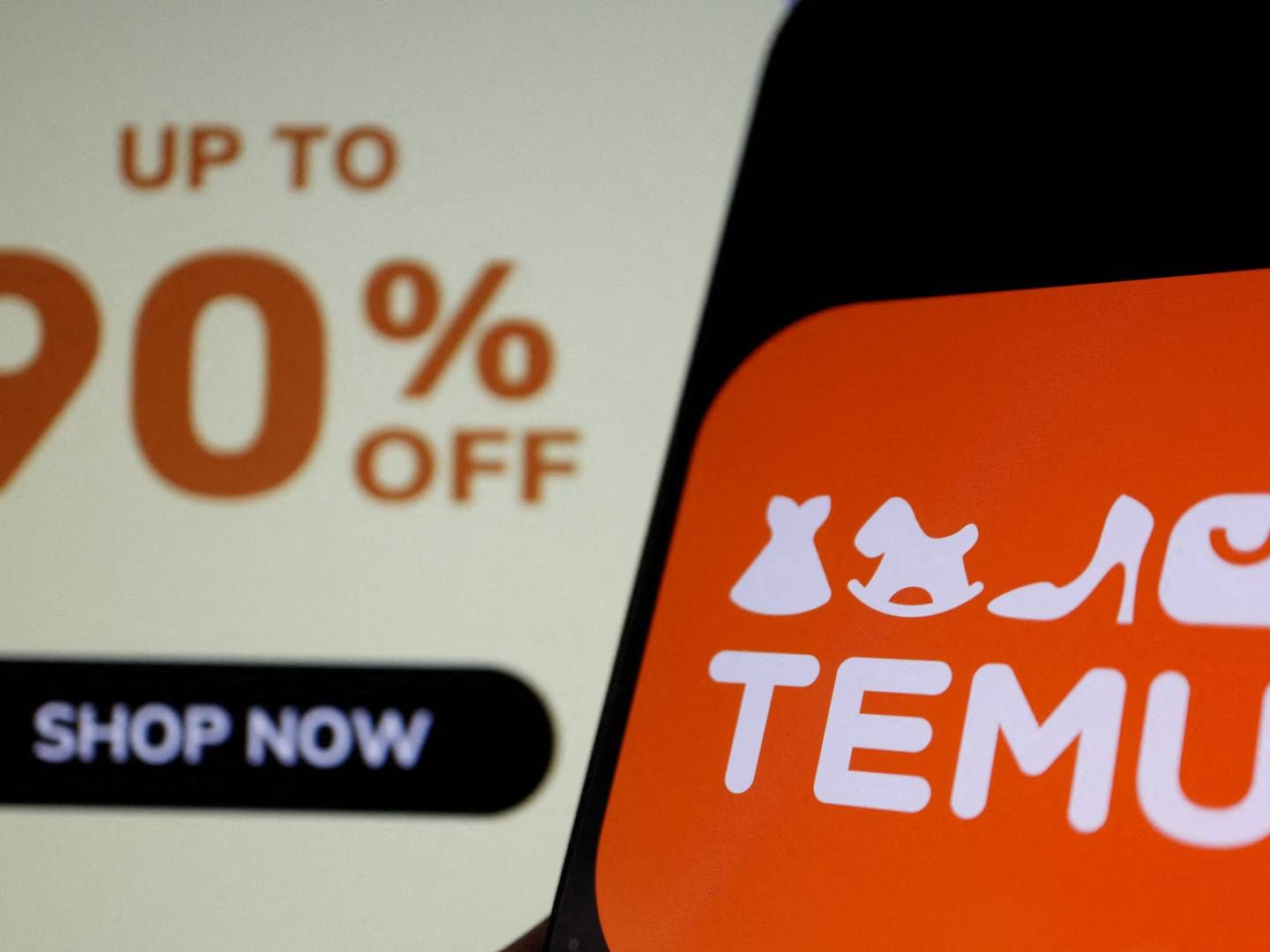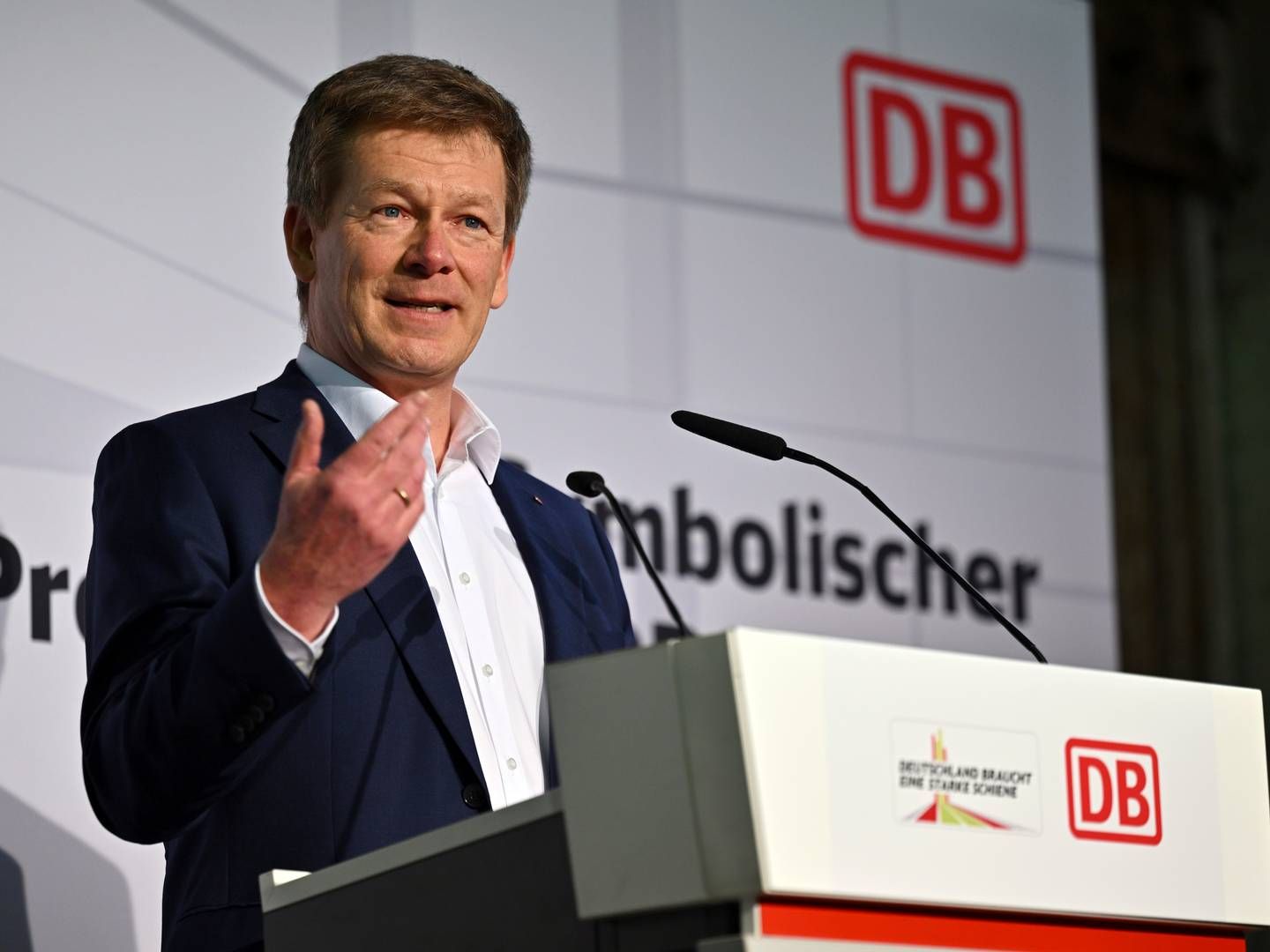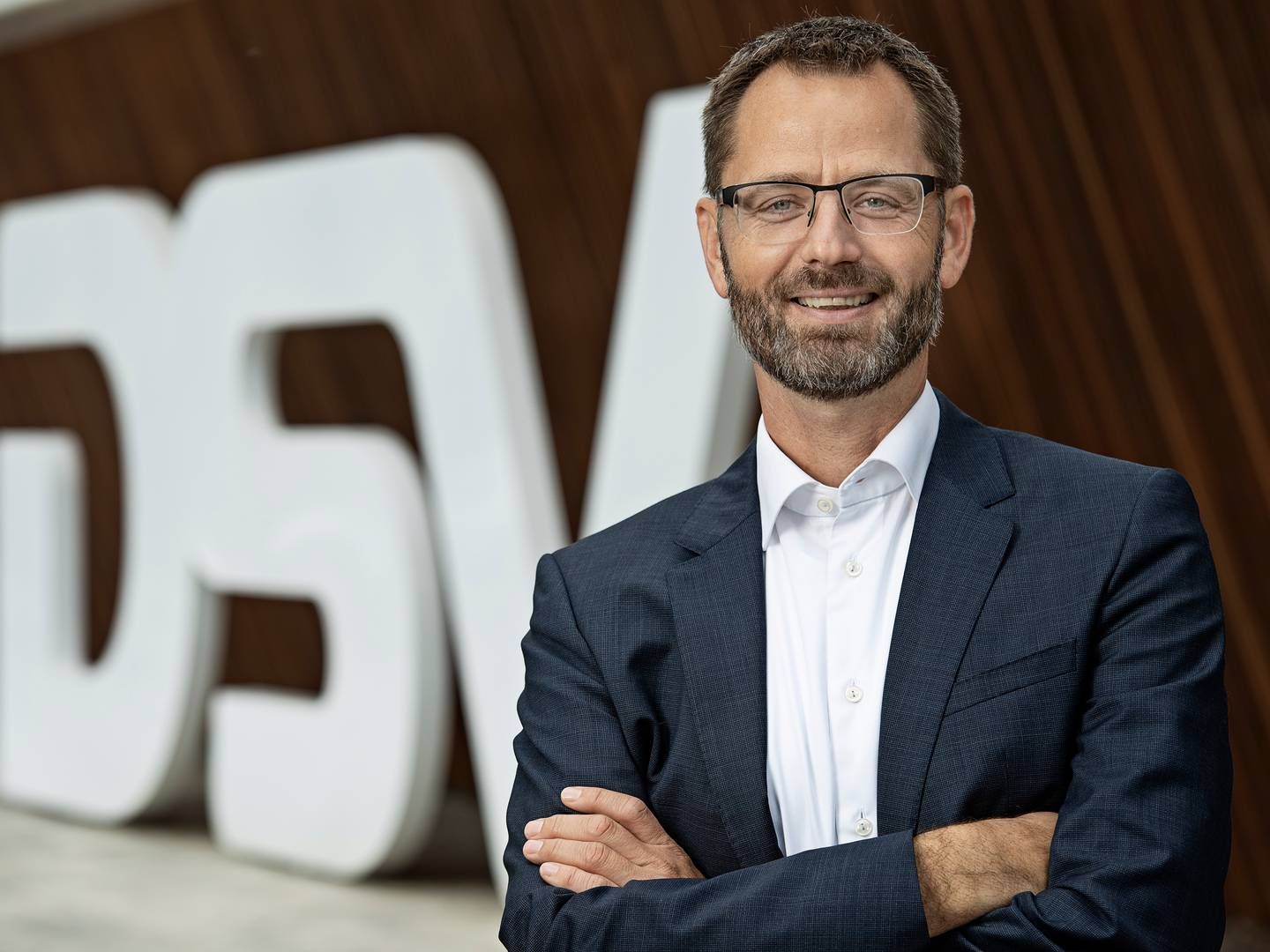How to become part of the next major Maersk project
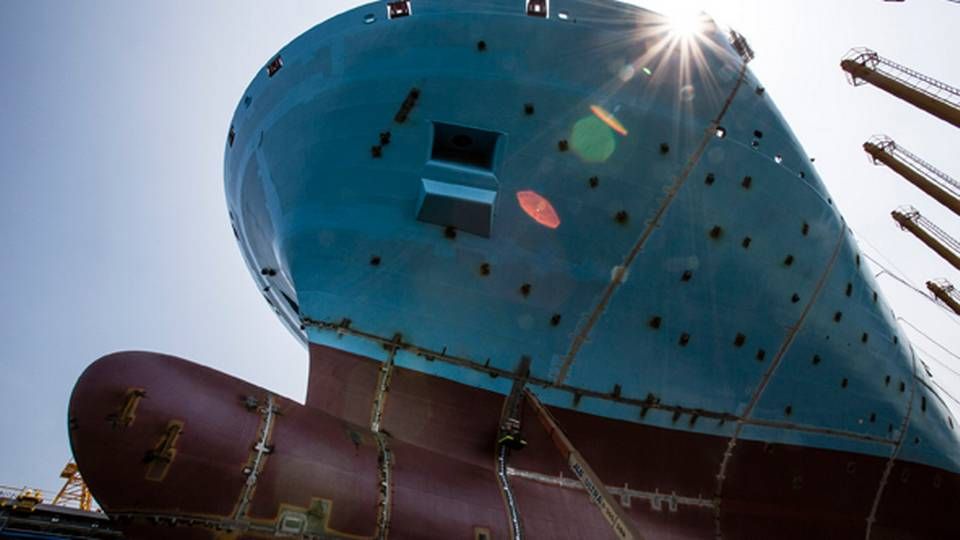
On Monday, the first of Maersk Line’s Triple-E ship was introduced to the company’s AE10 network from Asia to Europe. Among the suppliers, nine Danish companies contribute with equipment to 20 ships in total. For instance, the paint supplier Hempel will be in charge of painting the ships’ interiors while the two main motors are licensed by MAN Diesel & Turbo.
Both companies have a long history of working with Maersk, which is an important factor, but not the deciding requirement for becoming a part of future Maersk projects, says Morten Andersen, Head of Marine Category Management (Team I). In his position, Andersen is responsible for motors, painting, and classification with Maersk Procurement. ShippingWatch asked him to explain how new suppliers can come into consideration by Maersk.
Essential factors are competitiveness, quality, and cost savings, but not everything is decided by Maersk – the yard which will build the ships or improve older models also makes many decisions, explains Morten Andersen. Consequently, one factor is crucial and we will return to that later.
Completed lists
The process is actually fairly simple. Maersk already has a list of suppliers which the company has approved beforehand, either via meetings or visits to the suppliers’ factories.
When the suppliers were picked for Triple-E, Maersk began a negotiation process with the Korean yard DSME which is building the ships. There are different lists with technical standards for the equipment and a special list of key components such as for instance the main motors and the paint. According to Morten Andersen, there are between 65 and 90 categories for the most important equipment.
“The yard put forward some options, and we provide our list of approved suppliers. Then we go through the different categories and agree on three to five suppliers which the yard can choose between,” says Andersen.
Subsequently, Maersk has two weeks to approve the list or make new suggestions. The parties do not always have the same interests, says Morten Andersen.
“Often, the yard only considers the cheapest installations and the minimum demands. But we are not only interested in the cost of construction. We will often be using the equipment for 25 years so we are very interested in the operational costs as well,” says Morten Andersen and explains that the company therefore takes both costs into consideration.
For instance, a supplier can come into consideration if the supplier in question has special guarantees such as an upgrading of the technical equipment for several years, replacement for a newer model or free training for the crew that will handle the new equipment. This is the kind of deal that Maersk has with MAN Diesel & Turbo.
Maersk Line launches new alliance with MSC and CMA CGM
“It is a way for us to keep the operational costs down,” states Morten Andersen.
Local presence
As mentioned, not only Maersk gets a say in choosing the suppliers. The yard has a major say, and if several suppliers offer the same price, other factors come into consideration. Particularly one factor is important:
“If the price is the same, they of course choose according to which supplier is easiest to do business with. Or the supplier that is closest to them geographically. Both Chinese, Japanese, and Korean yards are very professional and choose the supplier which will add the greatest value to their bottom line,” Morten Andersen explains and elaborates:
“Delivery, flexibility, and punctuality are really important to the Korean ship yards. And if you have to send all the equipment with ships from Europe then you are adding six weeks to the transportation which actually limits the flexibility quite a lot,” says Andersen.
Maersk family names the first Triple-E mega ship
A local representation may therefore be preferable, depending on whom the supplier’s competitors are. Another aspect is the language barrier, which according to Morten Andersen can be a reason for deselecting suppliers. And therefore, the companies ought to, as a minimum, have a local representative or an engagement in the countries which enable them to communicate with the yards, Andersen believes. Both Hempel and MAN Diesel & Turbo have local offices and factories in Busan in South Korea, which is about an hour away from the world’s three biggest yards.
Trying to limit number of suppliers
Today, Maersk is trying to limit the number of suppliers on their different lists so the company can “get a more efficient relationship with the suppliers”, as Morten Andersen puts it. In order words, there is money to be saved.
Compared to previous times, a lot has changed. When the Maersk Group built its own ships at the yard in Odense, about 350 suppliers were on the lists. When contracting of the ships moved to the East, the number of suppliers increased to 1300. Today, the list includes nearly 450 suppliers and the company intends for the number to increase.
Always room for new suppliers
That does not mean that there is no room for new suppliers, says Morten Andersen. Especially if their equipment adds value to the ships’ life span and lowers some of the cost levels.
“Then you can contact Maersk Procurement or Maersk Maritime Technology and set up a meeting. You can also send a brochure beforehand, showing what the company can deliver,” says Morten Andersen.
“We will have an introductory meeting in which the supplier introduces the equipment and allows our technical and commercial staff to ask some questions in order to discover the potential for the Maersk Group.”
Maersk Line CEO warns of new era in shipping
SeaIntel: P3 alliance will result in significant cascading
Here are the Triple-E's Danish subcontractors
Related articles
Maersk Line CEO warns of new era in shipping
For subscribers
SeaIntel: P3 alliance will result in significant cascading
For subscribers
Here are the Triple-E's Danish subcontractors
For subscribers

